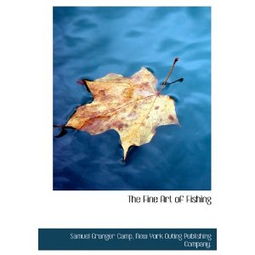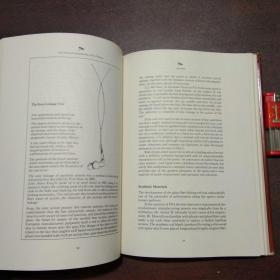Content:
Introduction: Fishing is a beloved pastime that offers relaxation, adventure, and the thrill of catching fish. Whether you are a seasoned angler or a beginner, having the right equipment is crucial for a successful fishing experience. One of the most essential tools in a fisherman's arsenal is the fishing rod. In this article, we will delve into the world of beginner fishing rods and provide you with valuable tips and techniques to help you master the art of using them effectively.

Choosing the Right Beginner Fishing Rod: When selecting a beginner fishing rod, it is essential to consider a few factors to ensure that you have the best tool for your needs. Here are some key aspects to keep in mind:
a. Length: A shorter rod (6 to 7 feet) is often recommended for beginners as it provides better control and maneuverability.
b. Action: The action of a fishing rod refers to how much it bends when pressure is applied. Soft-action rods are ideal for beginners as they are more forgiving and provide better sensitivity.
c. Power: The power of a fishing rod refers to its resistance to bending. Light-power rods are suitable for beginners, as they are easier to cast and handle.
d. Material: Graphite and fiberglass are popular materials for beginner fishing rods. Graphite rods are lightweight and offer excellent sensitivity, while fiberglass rods are durable and more forgiving.
Learning the Basics of Casting: Casting is the fundamental skill that every fisherman must master. Here are some essential tips to help you get started:
a. Hold the Rod: Grip the rod with your dominant hand, placing your thumb on the reel seat and your fingers around the handle. Your non-dominant hand should be used to steady the rod.
b. Load the Rod: Before casting, load the rod by bending it at the tip. This can be achieved by moving the rod back and forth in a smooth, sweeping motion.
c. Wind the Line: Rotate the reel handle to wind the line onto the reel, ensuring that the line is straight and taut.
d. Cast: To cast, move the rod back, then forward with a smooth, accelerating motion. The line should follow a抛物线 trajectory.
e. Practice: Casting requires practice, so don't be discouraged if your initial attempts are not perfect. Keep practicing and you will improve over time.
Reeling in the Fish: Once you have successfully cast your lure or bait, it's time to reel in the fish. Here are some tips to help you handle this stage effectively:
a. Set the Hook: When a fish bites, quickly set the hook by pulling the rod tip down and forward. This will ensure that the hook is securely in the fish's mouth.
b. Play the Fish: After setting the hook, gently reel in the line while playing the fish. This involves adjusting the tension on the line to control the fish's movement.
c. Land the Fish: Once the fish is close to the boat or shore, carefully net it or guide it to the shore. Be gentle and patient, as the fish may become exhausted or stressed.
Maintaining Your Beginner Fishing Rod: To ensure that your fishing rod remains in good condition, it is essential to take proper care of it. Here are some maintenance tips:
a. Clean the Rod: After each fishing trip, rinse the rod with fresh water to remove salt, mud, or debris. Wipe it down with a soft cloth to remove any remaining residue.
b. Store the Rod: Store your fishing rod in a cool, dry place when not in use. Avoid exposing it to extreme temperatures or direct sunlight.
c. Check for Damage: Regularly inspect your fishing rod for any signs of damage, such as cracks or frayed guides. If you notice any issues, address them promptly to prevent further damage.
Conclusion: Mastering the art of using a beginner fishing rod requires practice, patience, and attention to detail. By following these essential tips and techniques, you will be well on your way to becoming a skilled angler. Remember to choose the right rod, learn the basics of casting and reeling in, and maintain your equipment properly. Happy fishing!












